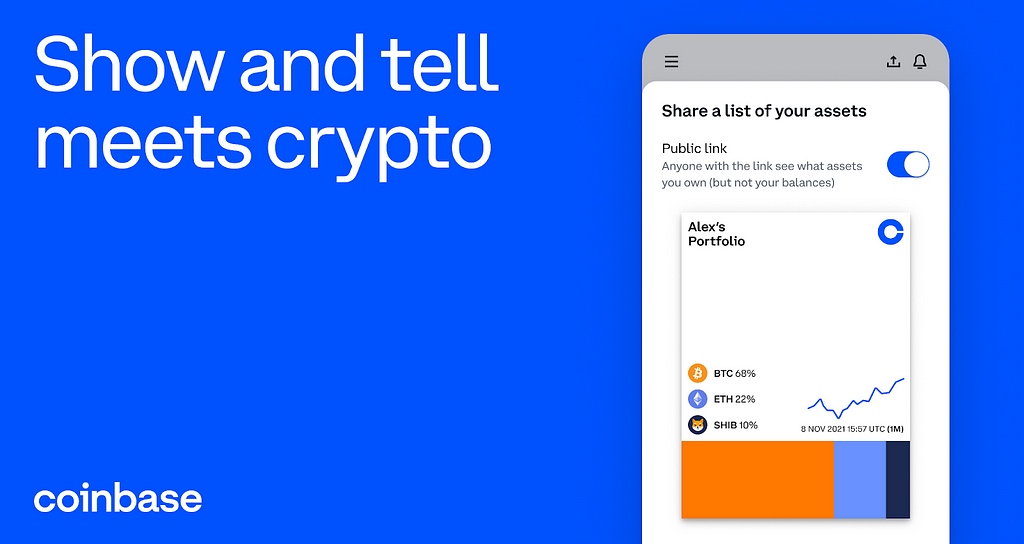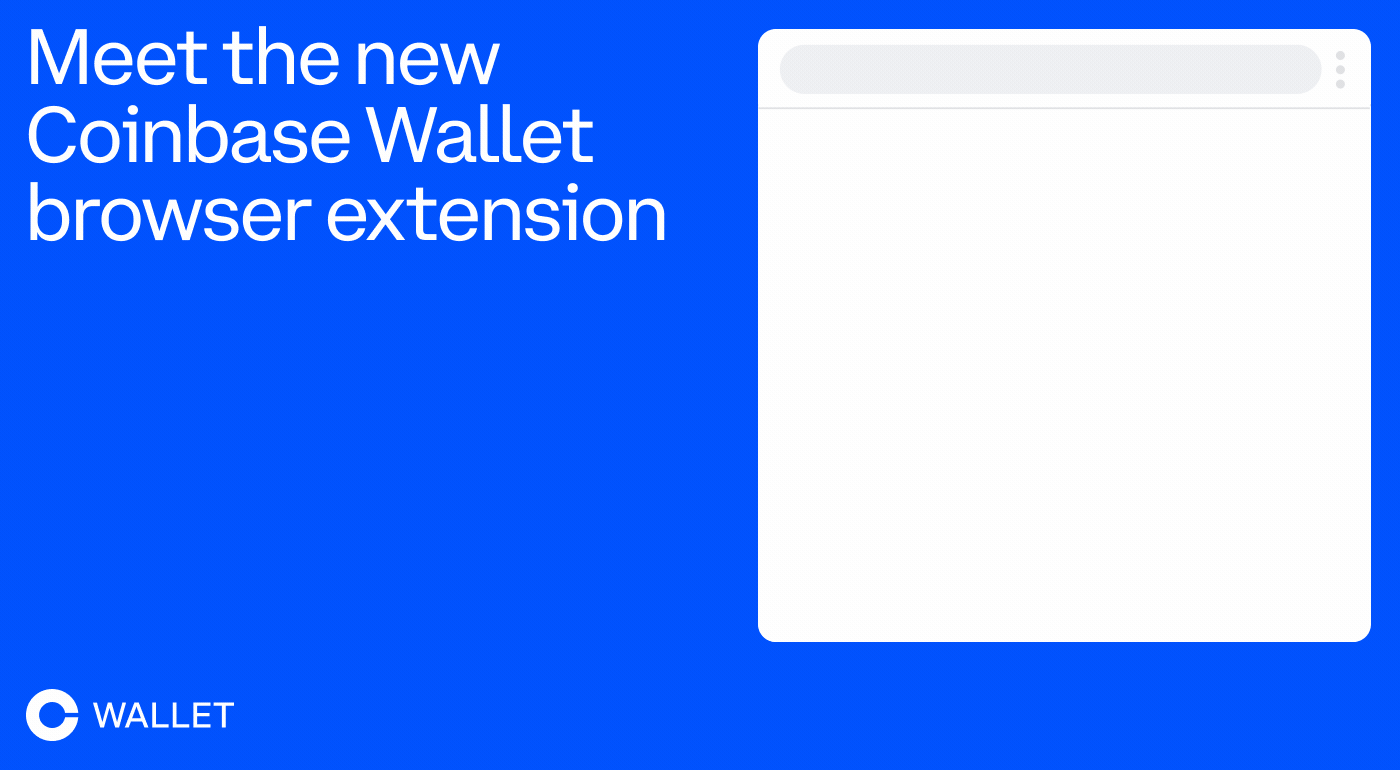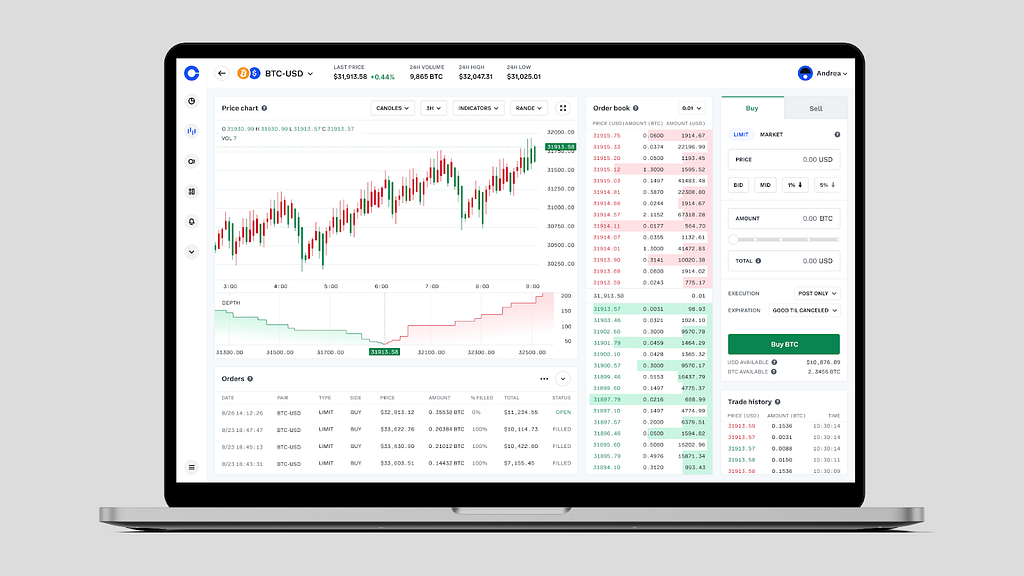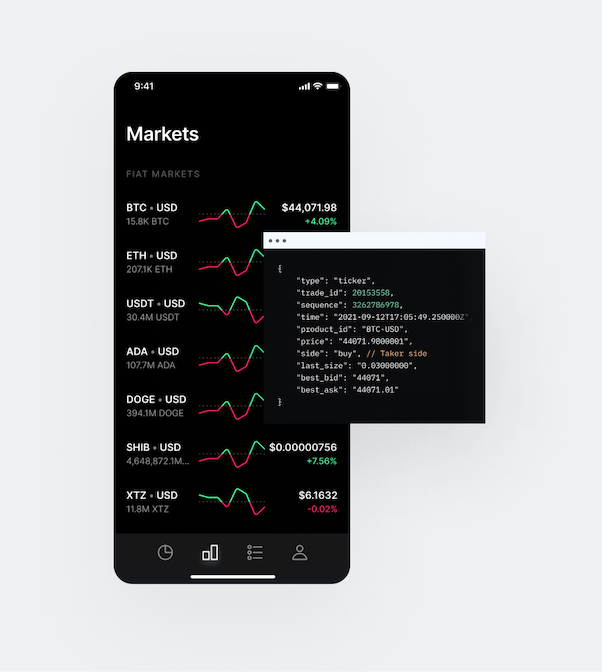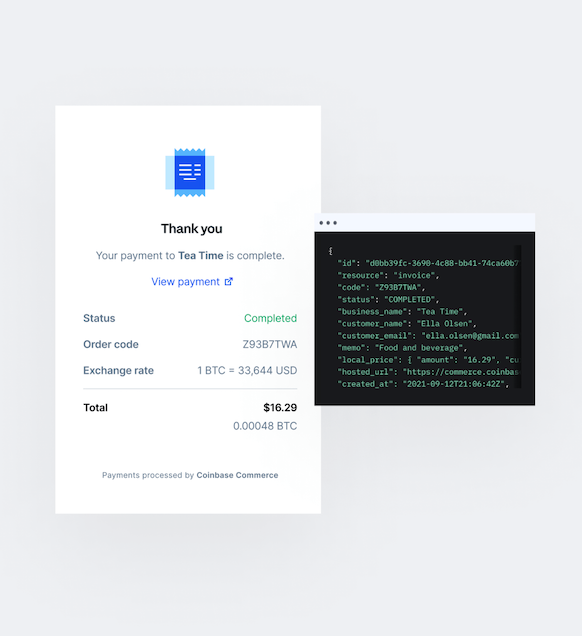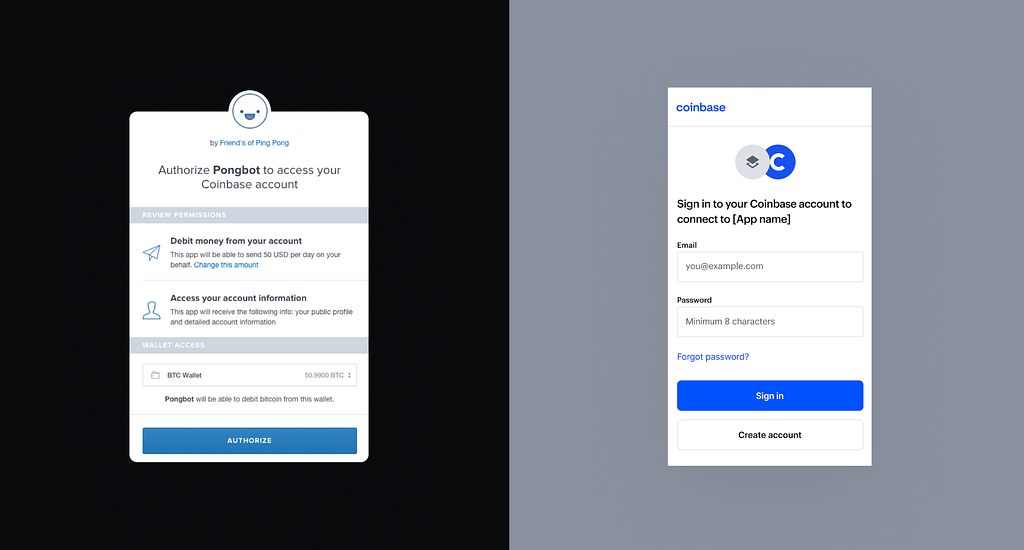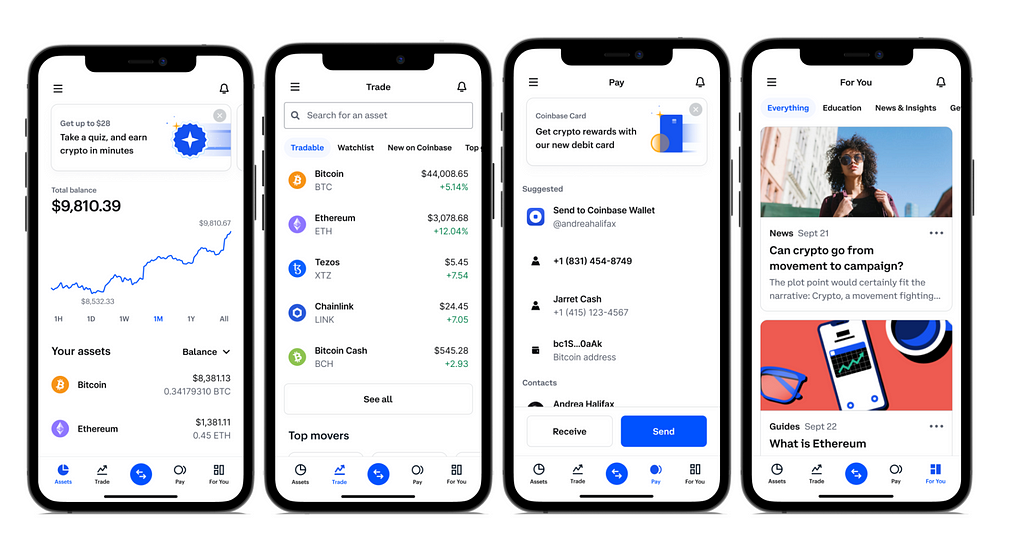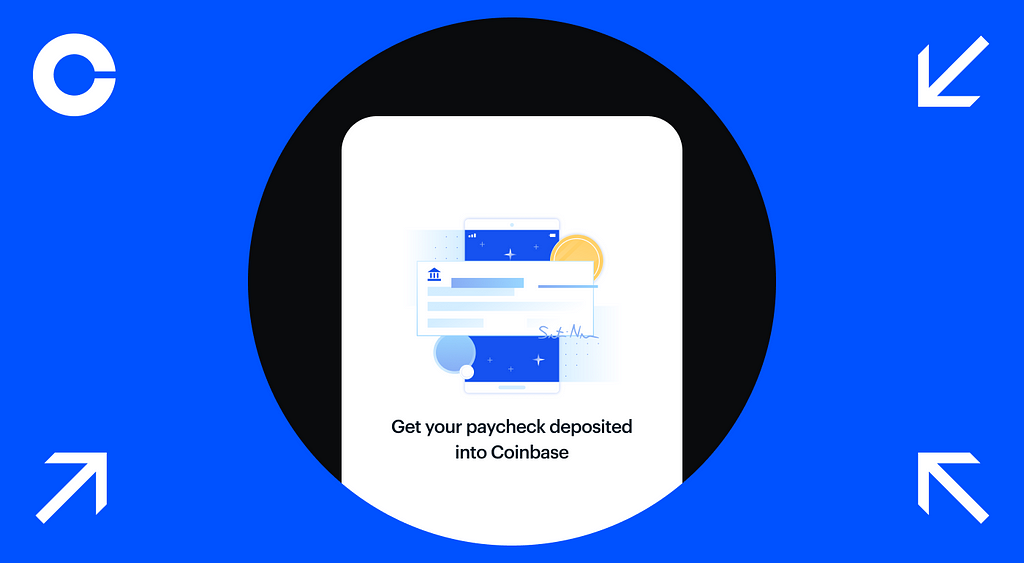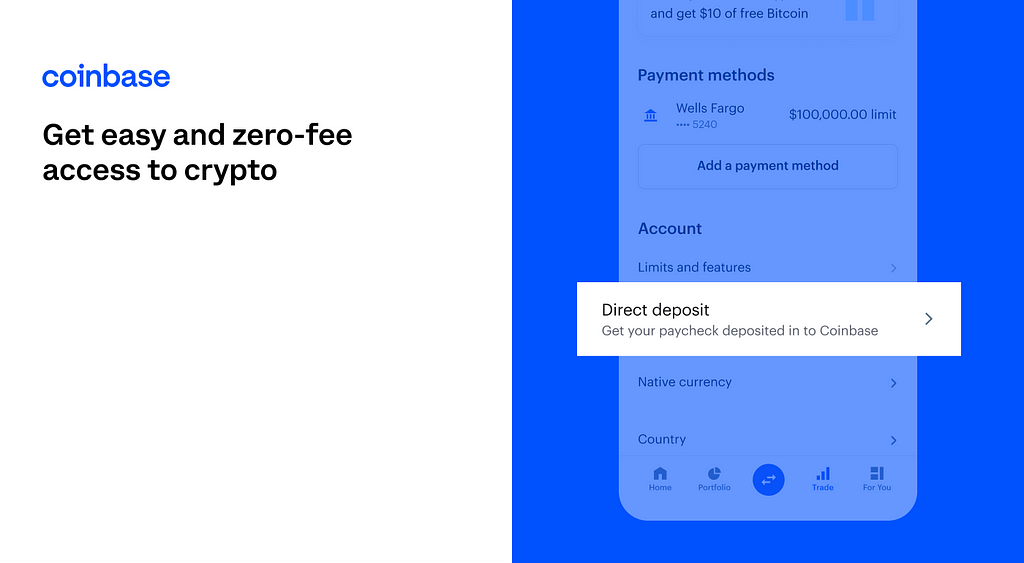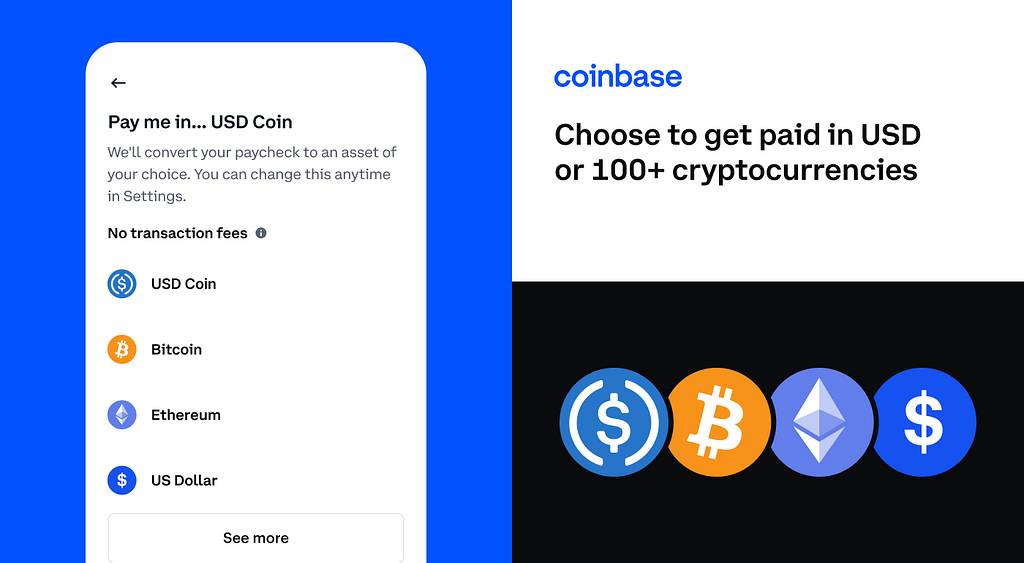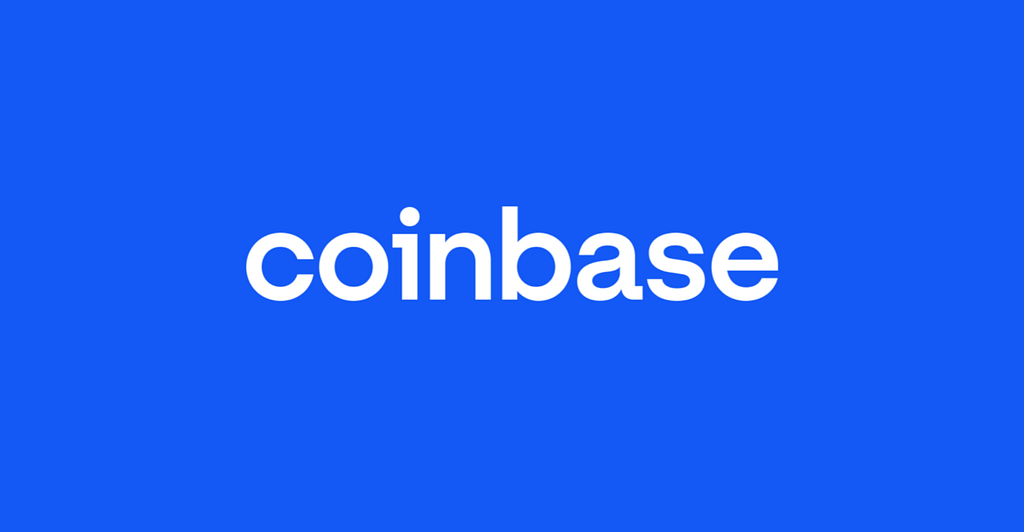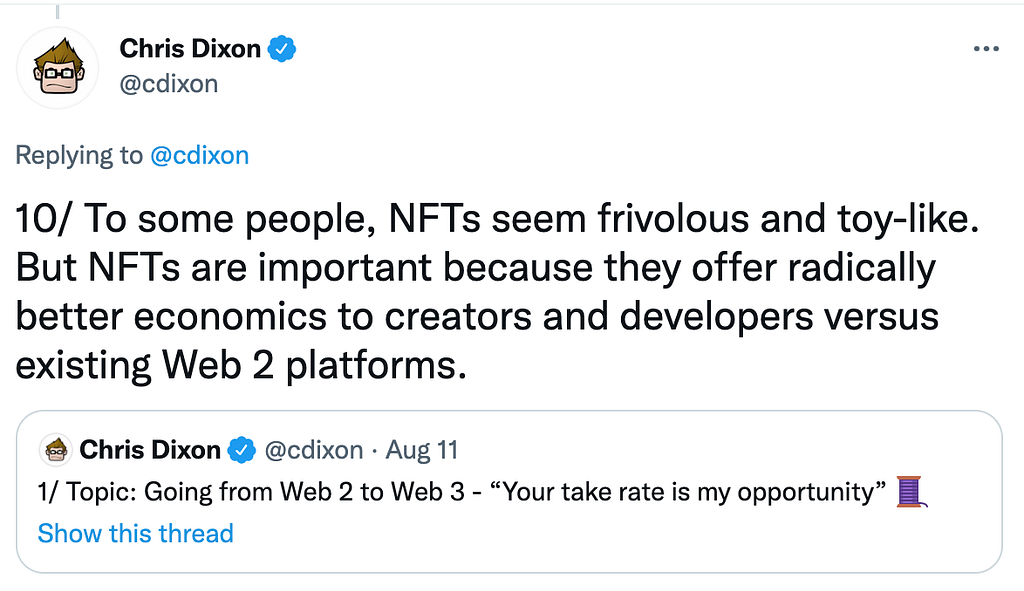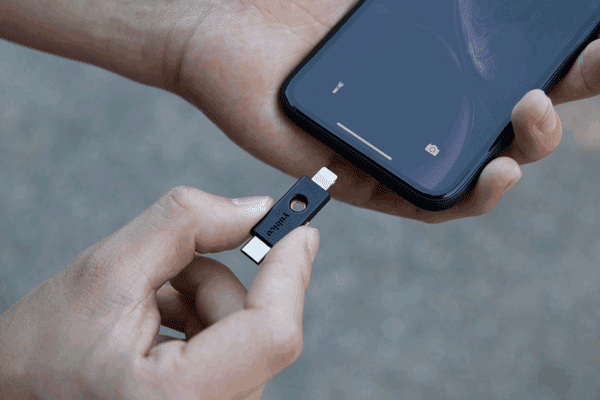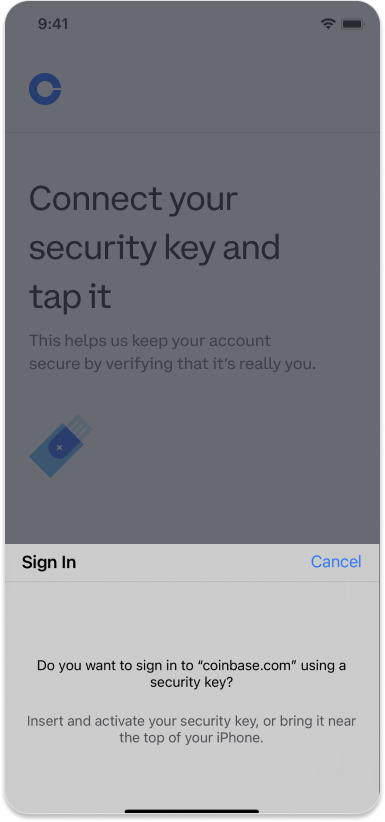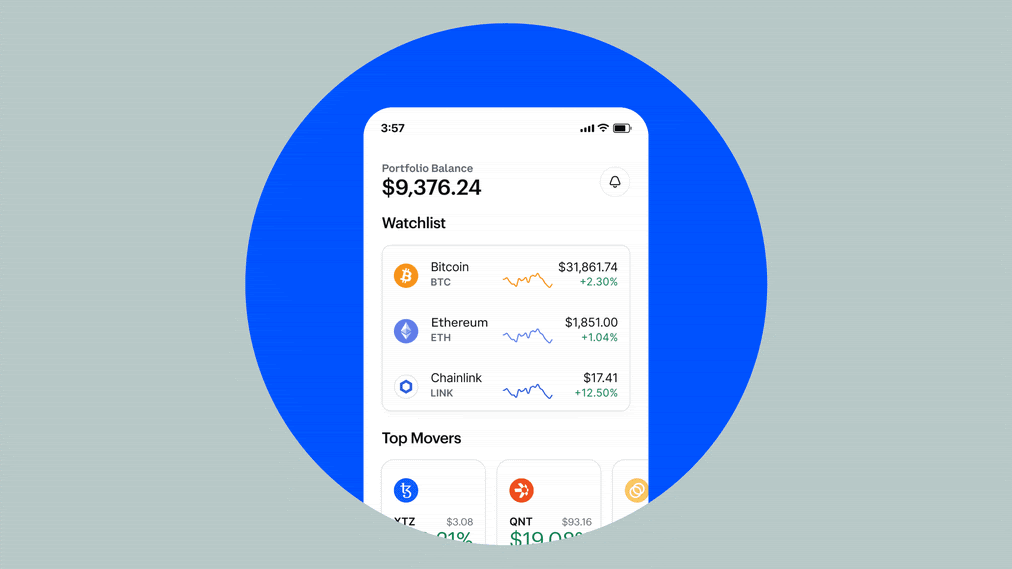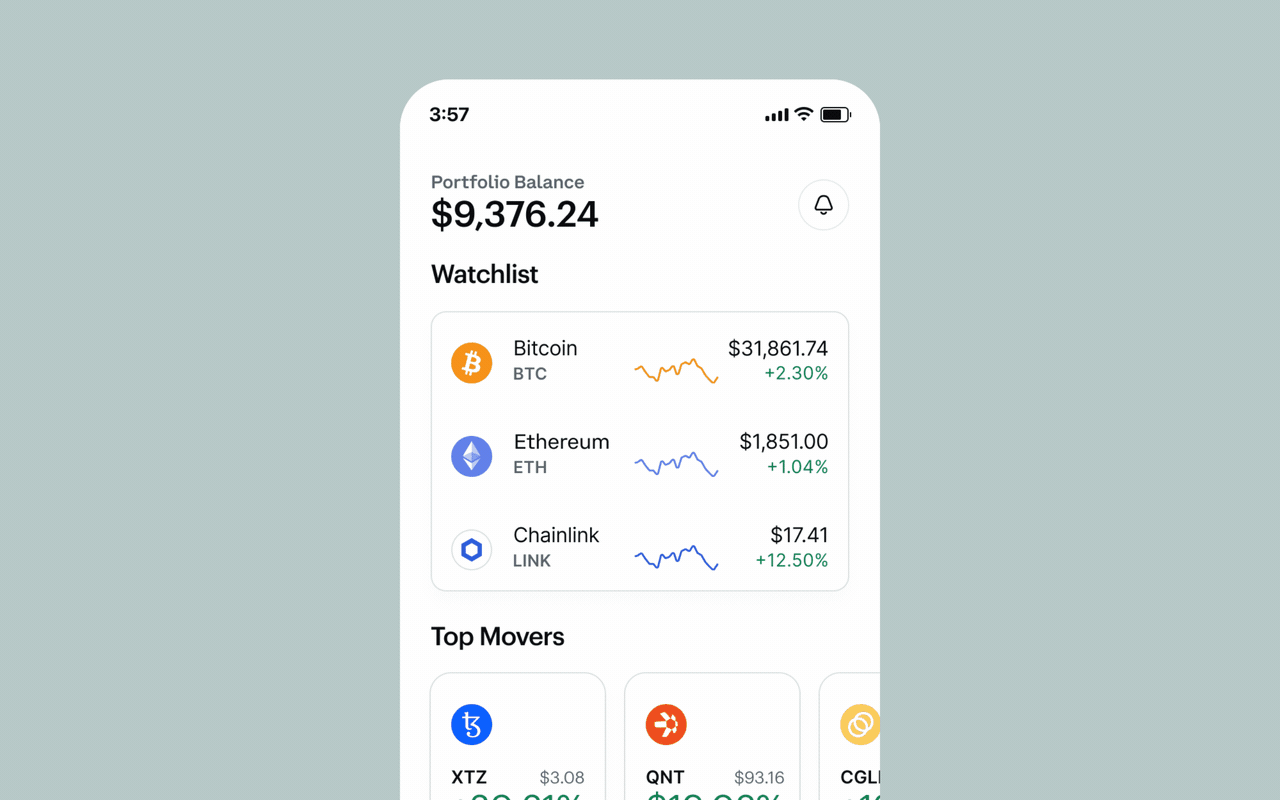
By Catherine Shyu Sullivan, Senior Product Manager, Coinbase
The month of December normally consists of a scramble to find the perfect gifts for coworkers, hosts, friends, and family. You either brave the long lines in stores or navigate supply chain delays online, and frequently end up settling on another generic candle.
This holiday season, we’re introducing a new crypto gifting experience that allows you to send family and friends crypto assets like Bitcoin and Ethereum along with a personalized digital card. The season of (crypto) giving is here.
The gift that keeps gifting
Crypto gifts educate and excite. Plus, all crypto gifts come in a personalized digital card featuring up-and-coming, crypto-forward artwork.
Give a crypto gift right from the app or coinbase.com/gifting. Simply tap Send a gift from the menu on the left hand side — all you’ll need is the lucky recipient’s email address. You can gift 100+ crypto assets to recipients who already have a Coinbase account and can gift 5 assets (including Bitcoin and Ethereum) to recipients who are new to Coinbase. There is no fee to send a crypto gift.

Perfectly packaged with a digital card
Your gift is delivered in a digital card featuring a piece of unique artwork by an up-and-coming artist. Pick a piece, write a personalized note, and give the lucky recipient a taste of crypto culture.
“Andrius”-008 by Magdiel Lopez
Born in Havana Cuba, Magdiel Lopez spent his childhood inspired by the colorful culture. Lopez’s upbringing played an integral part in forming his sense of style, art and design, which can be seen in his works today.

Robot Invasion by David Krovblit
David Krovblit is a Canadian visual artist who now lives in California. He curates images that he considers lost in time — layering them to form whimsical collages rooted in pop culture.

#1644 by Bored Ape Yacht Club
An iconic collection of NFTs. Each Bored Ape is unique and programmatically generated from over 170 possible traits, including expression, fashion accessories, clothing, and more. Note: your recipient will not receive a NFT, just a digital replica of the Bored Ape! Sign up for the waitlist of Coinbase NFT if you’d like to explore NFTs.

Snow Days by Rob Flowers
Rob Flowers is a UK based artist with humor at the heart of his work.
It has been described as “trippy…. as if you ate too much candy floss and went on the waltzers at your town’s local fair.”

The future of gifting just got brighter. Try it this holiday season in the Coinbase app on iOS or Android or at coinbase.com/gifting.
*Excludes Japan
Give the gift of crypto this holiday season was originally published in The Coinbase Blog on Medium, where people are continuing the conversation by highlighting and responding to this story.


